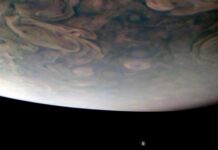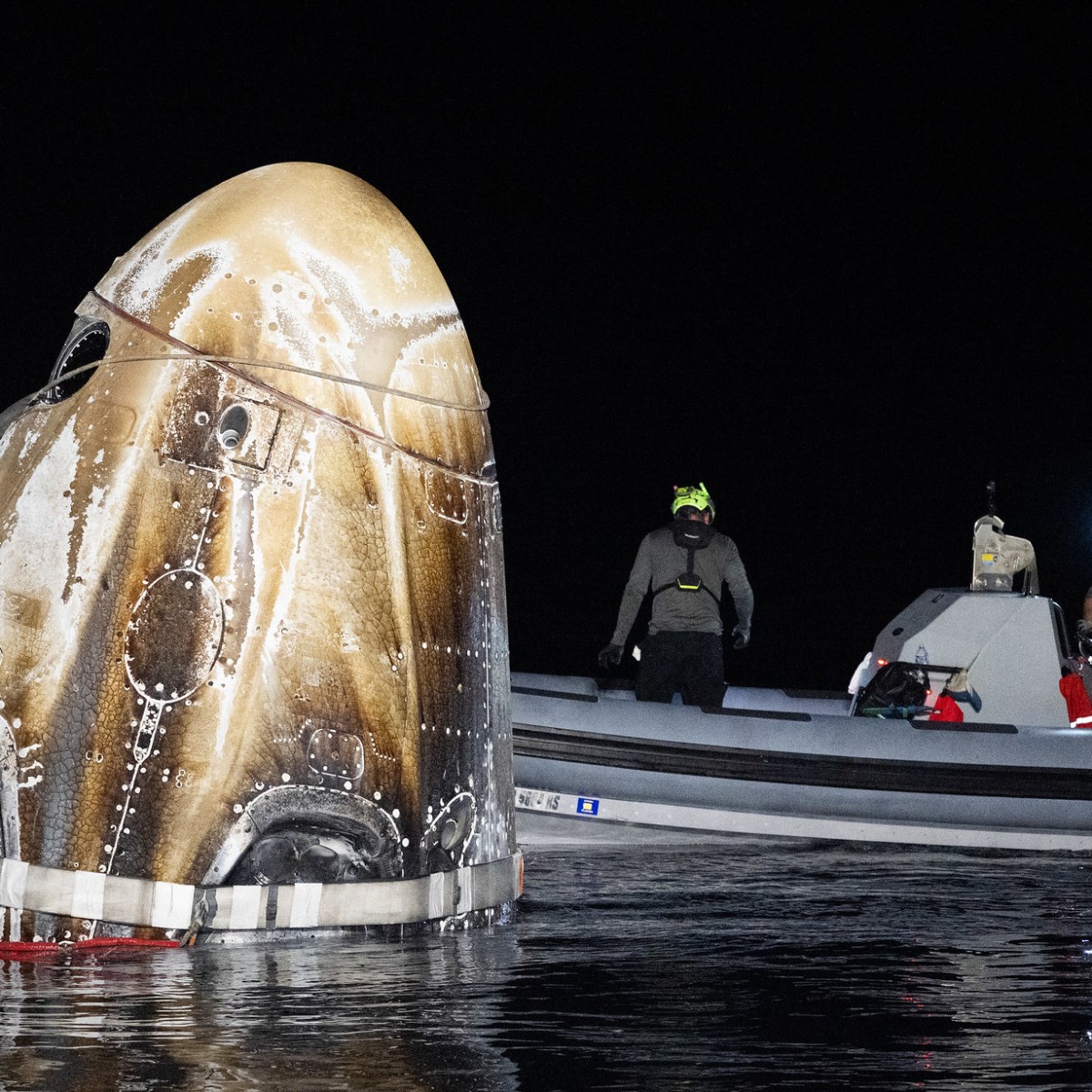Record-Setting Crew Dragon Mission Returns Safely to Earth
In a significant achievement for space exploration, a Crew Dragon spacecraft named Endeavour successfully concluded its mission by returning to Earth on October 25. This marked the end of an extraordinary journey that set a new record for the longest flight of an American crewed spacecraft, showcasing the advancements and resilience in modern space travel.
The Endeavour spacecraft gently splashed down in the Gulf of Mexico near Pensacola, Florida at 3:29 a.m. Eastern Time. This return followed its undocking from the International Space Station (ISS) on October 23 at 5:05 p.m. Eastern Time. The mission, known as Crew-8, included NASA astronauts Matthew Dominick, Michael Barratt, and Jeanette Epps, along with Roscosmos cosmonaut Alexander Grebenkin. The crew spent an impressive 235 days in space, with 232 of those days aboard the ISS.
Setting a New Benchmark in Space Exploration
The Crew-8 mission set a new benchmark by achieving the longest duration for an American crewed spacecraft in orbit. This milestone was primarily due to a delay in the launch of Crew-9. NASA utilized this delay to assess the CST-100 Starliner spacecraft, developed by Boeing. The Starliner, which was launched on a crewed test flight, required evaluation before its return. NASA decided to bring the Starliner back without a crew and opted to launch only two astronauts on Crew-9. This move was to ensure that seats were available for Starliner astronauts Butch Wilmore and Suni Williams.
Seamless Transition and Challenges
Crew-9 eventually launched on September 28 and docked at the ISS the following day. NASA’s Richard Jones, deputy manager of the Commercial Crew Program, highlighted that the transition between Crew-8 and Crew-9 was planned as an "extended handover." This extended period was essential to prepare for any potential evacuation needs that could arise, allowing temporary seating arrangements for Wilmore and Williams if required.
However, the extended handover faced challenges due to weather conditions. As Endeavour was ready to return, Hurricane Milton developed in the Gulf of Mexico, causing delays. The storm was followed by a high-pressure system that generated strong winds over potential splashdown sites, further postponing the return by nearly three weeks.
Weather and Its Impact
Weather-related delays are not uncommon during this time of year, as it coincides with the peak of the Atlantic hurricane season. NASA and SpaceX had no option but to wait for suitable weather conditions to ensure a safe return. As noted at a post-splashdown briefing, there are "no lessons learned" in terms of handling such weather delays, as they are expected and must be patiently managed.
Future Plans for Splashdowns
In response to these challenges, NASA and SpaceX have announced plans to relocate Dragon spacecraft splashdowns to the California coast starting in 2025. This strategic move aims to improve reentry procedures, ensuring that the spacecraft’s trunk section burns up over the ocean. Previously, some trunks reentered over land, with fragments reaching the ground. This change is anticipated to offer better weather conditions for splashdowns.
Bill Gerstenmaier, SpaceX’s vice president for build and flight reliability, confirmed that the company plans to initiate West Coast splashdowns in early 2025. The goal is to permanently shift recovery and related activities to the West Coast, optimizing operations and enhancing safety measures.
Performance and Capabilities of Crew Dragon
Despite the extended stay in orbit, the Crew Dragon spacecraft performed exceptionally well. Initially certified for 210 days in space, NASA extended the certification by 30 days to accommodate the delays in Crew-8’s return. Gerstenmaier expressed confidence in the vehicle’s capability, suggesting that its design could support even longer missions without issues. SpaceX is considering collaborating with NASA to formally certify the Crew Dragon for missions exceeding 235 days.
ISS Operations and Supply Management
With the departure of Crew-8, the ISS has returned to its standard seven-person crew configuration. Bill Spetch, NASA’s ISS operations and integration manager, assured that the station maintains "good reserves" of food and other consumables. Additional supplies were delivered in August through the NG-21 Cygnus cargo mission.
To address any potential shortages due to the weather-related delays, NASA has also included extra supplies in the upcoming cargo Dragon mission, SpX-31, scheduled to launch no earlier than November 4. Specific items requested by the crew, which were running low, will be sent up on SpX-31. However, there was no need to displace any existing payloads for these additional supplies.
Looking Ahead
The successful return of the Crew Dragon Endeavour marks another milestone in the collaboration between NASA and SpaceX, demonstrating the reliability and endurance of the Crew Dragon spacecraft. This mission’s success and the lessons learned will undoubtedly contribute to future missions, paving the way for more extended and efficient human space exploration.
As the space community continues to push the boundaries of what is possible, the achievements of missions like Crew-8 serve as a testament to human ingenuity and the relentless pursuit of exploration beyond our planet. The experiences gained from these missions not only contribute to scientific knowledge but also inspire future generations of explorers and innovators.
For more detailed information on this mission and related updates, you can visit the original source at SpaceNews.
For more Information, Refer to this article.



































